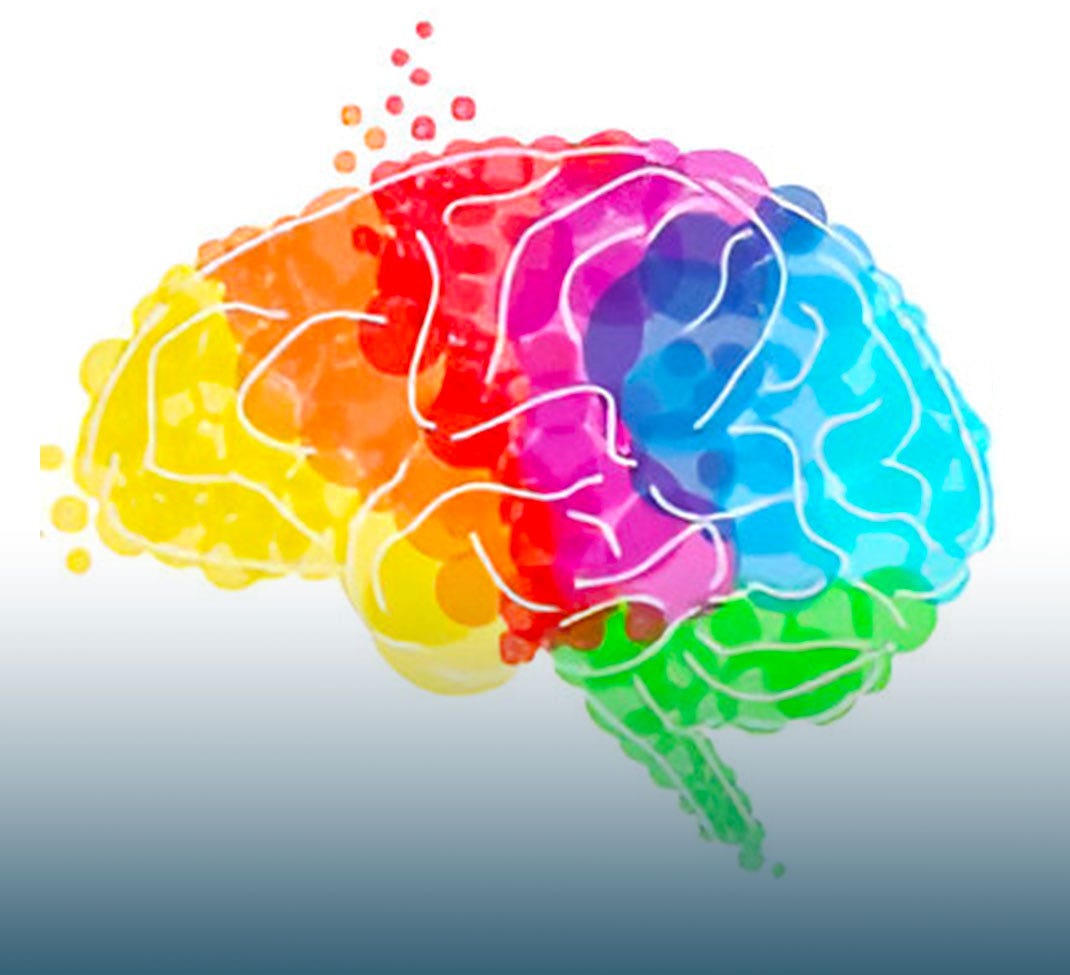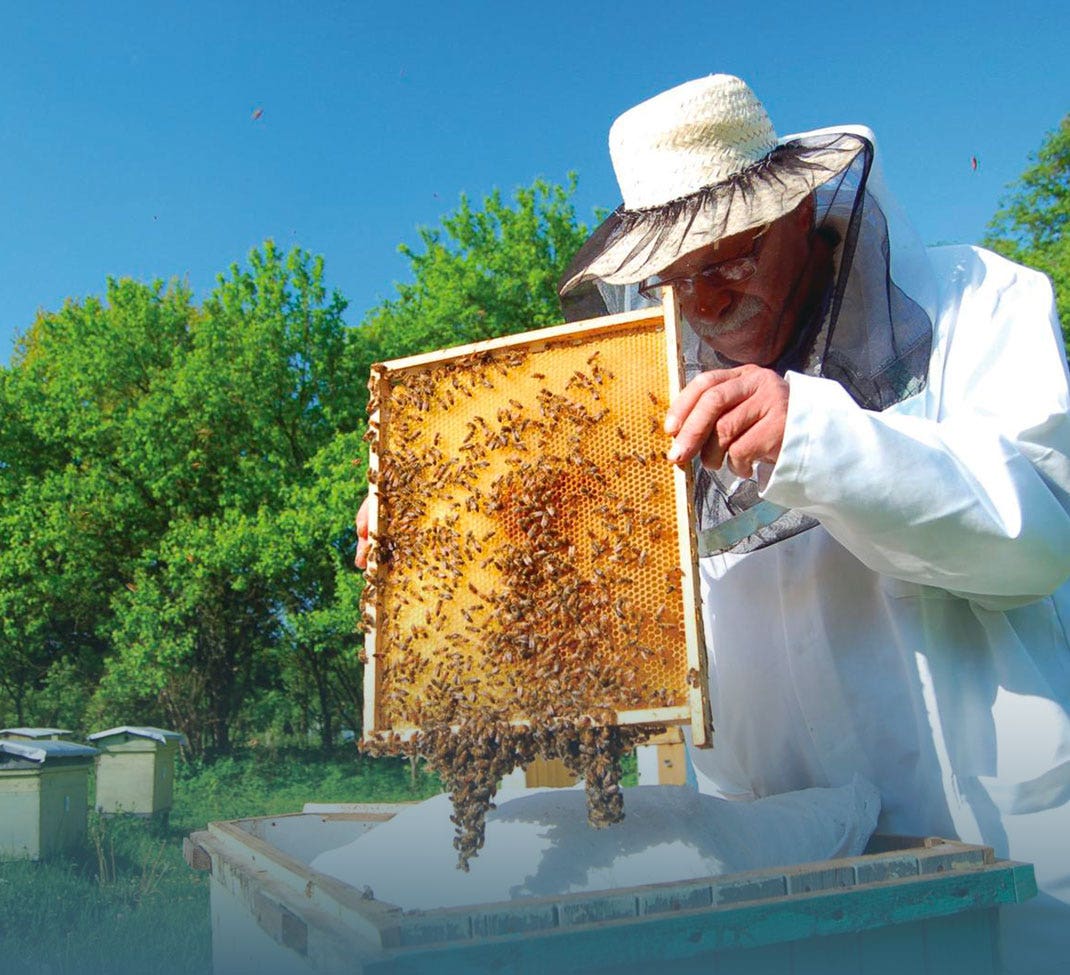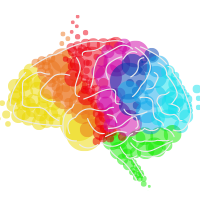- Benchmark Education
- Newmark Learning
- Reycraft Books
- Create an Account
Knowledge Hub
Learn more about topics that are trending in education – from experts in the field.
Family & Community
Engagement HUB

Family & Community
Engagement HUB

PODCAST

Family Engagement
Bridging Classroom Curriculum and At-Home Learning

Home School Connections
Creating Pathways for Student Success

Win, Win, Wins
Creating Community Involvement in Literacy Efforts
BLOGS
Nancy Young
Effective and Fun: 5 Ideas to Engage Students In and Out of the Classroom
Empowering Growth Mindsets Through Home School Connections
In-House: 7 Takeaways
RESOUCES
Growth Mindset Comments for Parents and Caregivers (Grades K-2)
How educators frame comments can markedly change how parents and caregivers perceive their children. Use these comments to foster a growth mindset when communicating with parents and caregivers.
Effort/Resilience
- (student’s name) works hard when he/she doesn’t understand.
- (student’s name) questions when he/she is faced with a challenge.
- (student’s name) is working on taking a deep breath and using what he/she knows to solve a challenging problem.
- (student’s name) is beginning to understand that we all make mistakes and that it is not only okay but important for learning.
- While (student’s name) has not mastered the material yet, he/she has made great progress and has continued to work hard.
- (student’s name) understands that some things take time to learn and that having to do something again is part of learning.
- (student’s name) used to shy away from challenges. Now your child seeks them out.
- (student’s name) is beginning to understand that explaining his/her thinking deepens his/her learning and helps others.
- (student’s name) knows that if one strategy doesn’t work, there are others to try.
- (student’s name) is excited about reading now, even though it is difficult because your child knows that his/her brain is growing.
- (student’s name) understands that with effort and perseverance, our brains grow connections. These different connections make us smarter.
- (student’s name) knows that our brain is like a muscle, so to get strong, he/she needs to use it.
Autonomy
- (student’s name) works on his/her own now. Your child tries a few things and works out some difficulties before he/she asks for help.
- (student’s name) has developed a system for keeping his/her papers in order, which has really helped your child stay organized.
- (student’s name) has taken it upon himself/herself to reorganize the system we use to borrow books from the library, and the library seems to be much more organized.
- (student’s name) comes into school in the morning and is ready to learn. When he/she needs a break, he/she puts a slip of paper on my table and walks around the classroom.
Reflection/Metacognition
- (student’s name) reflects on his/her process and thinks deeply about how he/she can improve.
- (student’s name) thinks about his/her thinking and often asks, “What if...?,” which helps him/her see things in new ways.
- It’s still difficult for (student’s name) to explain his/her thinking, but he/she is working hard at it.
Collaboration
- (student’s name) listens to other people’s ideas and then connects everyone’s thinking.
- (student’s name) listens to others in his/her group and accepts when people have different opinions.
- (student’s name) is trying to speak up more when working in groups.
Growth Mindset Comments for Parents and Caregivers (Grades 3-5)
How educators frame comments can markedly change how parents and caregivers perceive their children. Use these comments to foster a growth mindset when communicating with parents and caregivers.
Effort/Resilience
- (student’s name) works hard when he/she doesn’t understand.
- (student’s name) questions when he/she is faced with a challenge.
- (student’s name) is working on taking a deep breath and using what he/she knows to solve a challenging problem.
- (student’s name) is beginning to understand that we all make mistakes and that it is not only okay but important for learning.
- While (student’s name) has not mastered the material yet, he/she has made great progress and has continued to work hard.
- (student’s name) understands that some things take time to learn and that having to do something again is part of learning.
- (student’s name) used to shy away from challenges. Now your child seeks them out.
- (student’s name) is beginning to understand that explaining his/her thinking deepens his/her learning and helps others.
- (student’s name) knows that if one strategy doesn’t work, there are others to try.
- (student’s name) is excited about reading now, even though it is difficult because your child knows that his/her brain is growing.
- (student’s name) understands that with effort and perseverance, our brains grow connections. These different connections make us smarter.
- (student’s name) knows that our brain is like a muscle, so to get strong, he/she needs to use it.
Autonomy
- (student’s name) works on his/her own now. Your child tries a few things and works out some difficulties before he/she asks for help.
- (student’s name) has developed a system for keeping his/her papers in order, which has really helped your child stay organized.
- (student’s name) has taken it upon himself/herself to reorganize the system we use to borrow books from the library, and the library seems to be much more organized.
- (student’s name) comes into school in the morning and is ready to learn. When he/she needs a break, he/she puts a slip of paper on my table and walks around the classroom.
Reflection/Metacognition
- (student’s name) reflects on his/her process and thinks deeply about how he/she can improve.
- (student’s name) thinks about his/her thinking and often asks, “What if...?,” which helps him/her see things in new ways.
- It’s still difficult for (student’s name) to explain his/her thinking, but he/she is working hard at it.
Collaboration
- (student’s name) listens to other people’s ideas and then connects everyone’s thinking.
- (student’s name) listens to others in his/her group and accepts when people have different opinions.
- (student’s name) is trying to speak up more when working in groups.
PRODUCTS

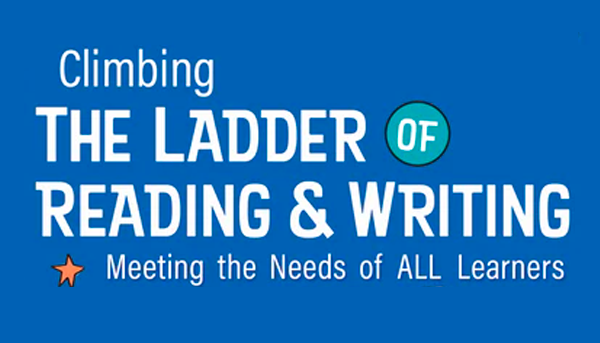
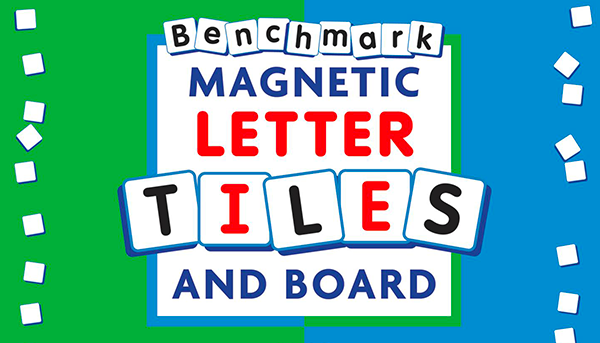
Knowledge Hub
Learn more about topics that are trending in education – from experts in the field.
The Science of Reading
Evidence points to the skills and instruction needed to develop a reading brain.
All About Decodable Texts
Developed with Wiley Blevins, decodable readers support acquisition of phonics skills.
Learn what the Science of Reading says about the importance of decodables.
Culturally Responsive Teaching
Representation and a funds-of-knowledge approach establish the foundation for learning.
Understand how to embrace diversity to cultivate academic success.
High-Quality Instructional Materials
Research has confirmed that HQIM have a significant positive impact on teaching and learning.
Recognize the features of HQIM and their transformative power.

